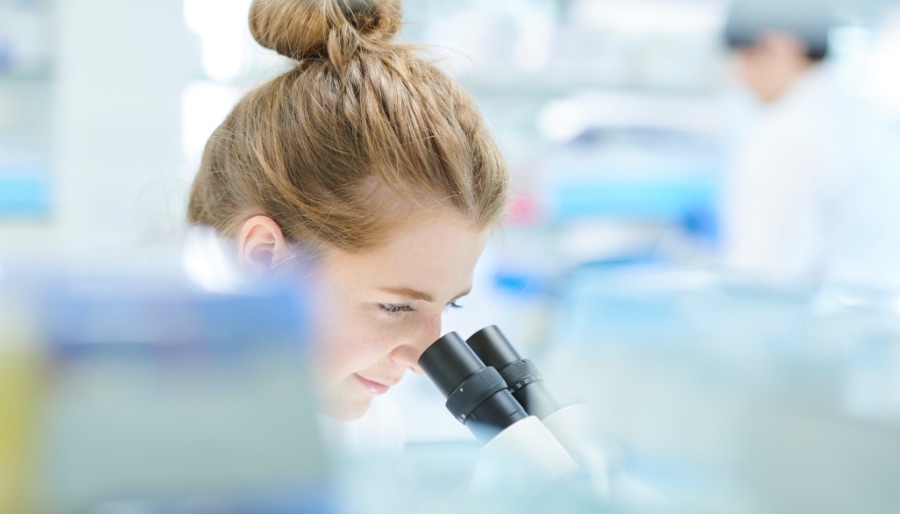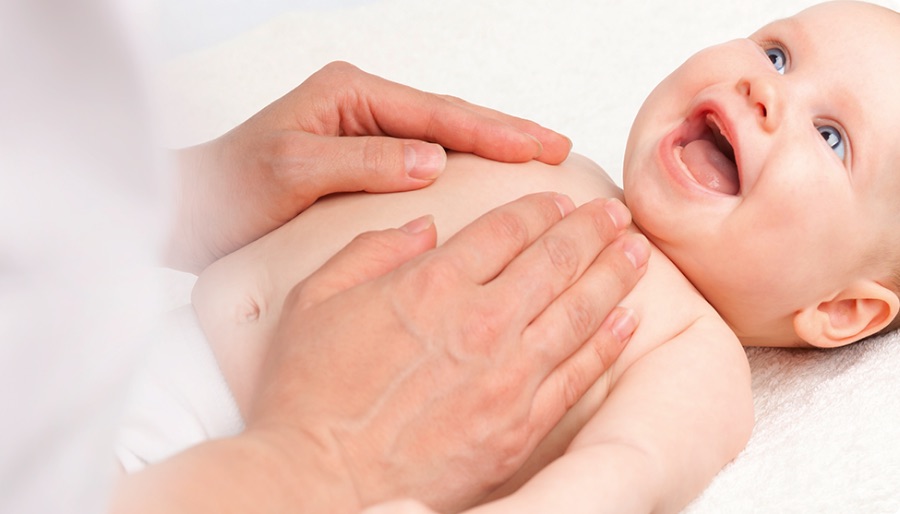A specific probiotic blend of probiotic strains may be beneficial for travelers’ health
The effect of a blend of the BB-12
®, LA-5
®, STY-31
™ and LBY-27
™ strains on gastrointestinal health has been studied in randomized, double-blind, placebo-controlled studies.
3, 4
94 travelers were randomized to receive the probiotic blend or placebo for 2 days prior to travel and for the duration of their 2 week visit to a high-risk country. There was a 39% reduction in the incidence of traveler’s diarrhea in the group that consumed the probiotic blend compared to placebo.
3
In a study that investigated the effect of travel on bowel movements and regularity once home from a trip, 101 travelers consumed a placebo or the specific blend before, during and after their trip. Not only was the probiotic blend associated with a reduced incidence of diarrhea while away, but none of the group experienced upset stomach once home, compared to 18% of the placebo group.
4
Probiotics as a precautionary measure when traveling abroad
To help avoid an upset stomach and maintain regularity when traveling abroad, consumption of the LGG
® probiotic strain or the specific blend of the BB-12
®, LA-5
®, STY-31
™ and LBY-27
™ probiotic strains should be considered.
1, 2, 3, 4, 13
Read about probiotics for
antibiotic-associated diarrhea and
infant diarrhea
CFU: Colony Forming Unit
BB-12®, LA-5®, STY-31™ and LBY-27™ are trademarks of Chr. Hansen A/S.
The article is provided for informational purposes regarding probiotics and is not meant to suggest that any substance referenced in the article is intended to diagnose, cure, mitigate, treat, or prevent any disease





